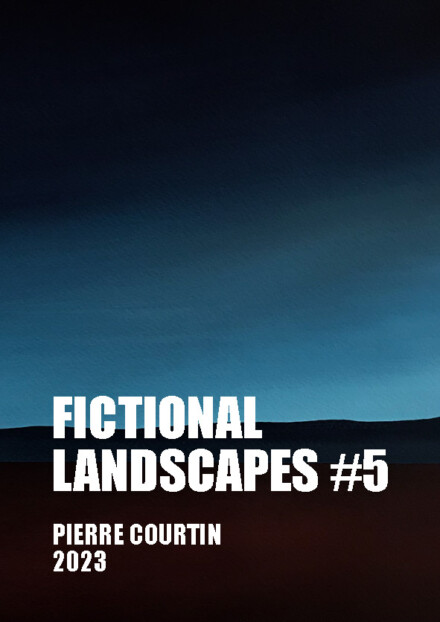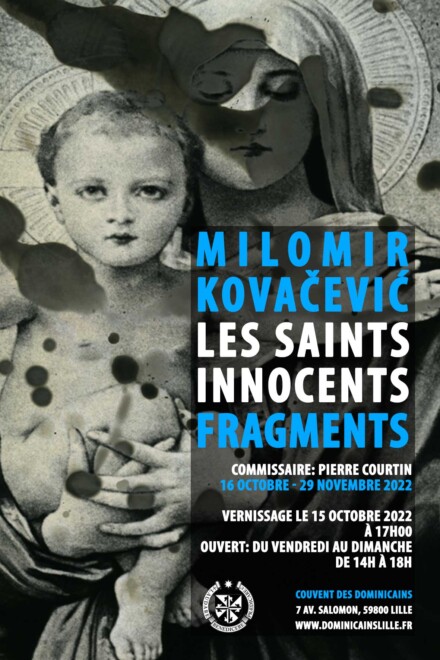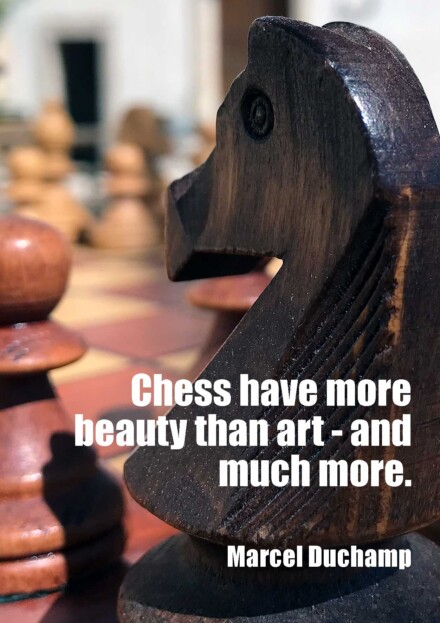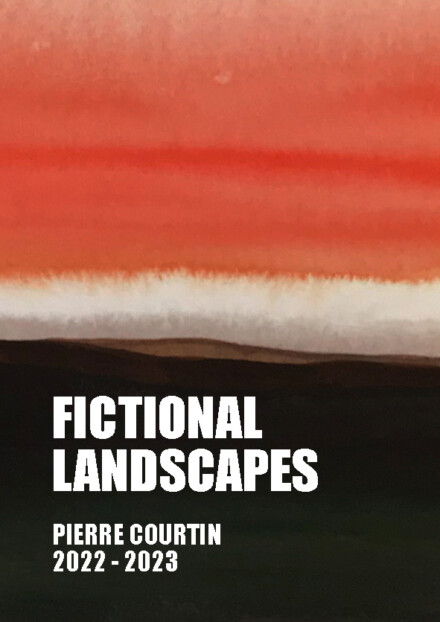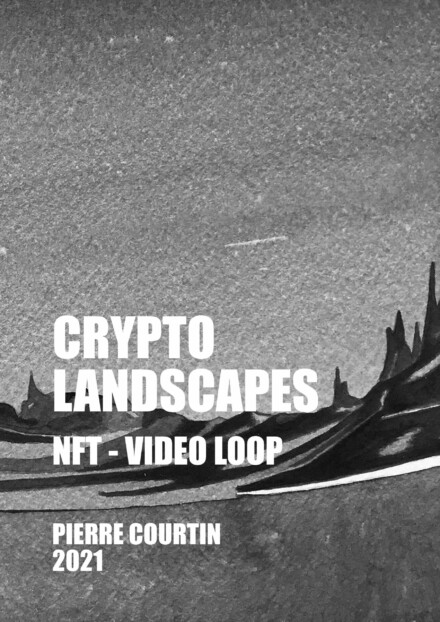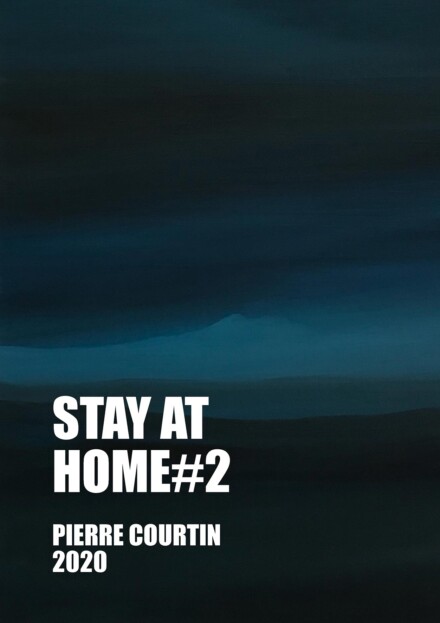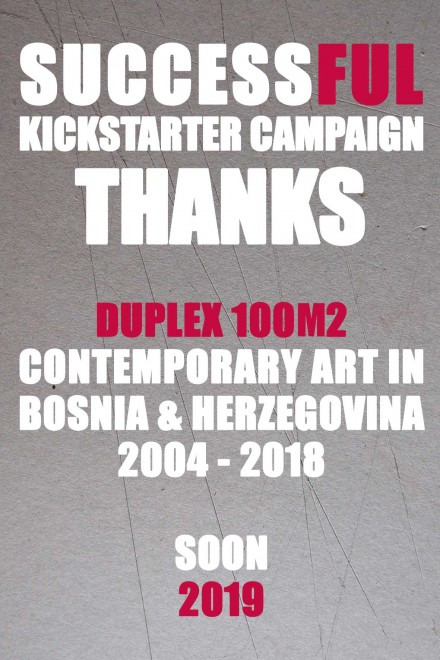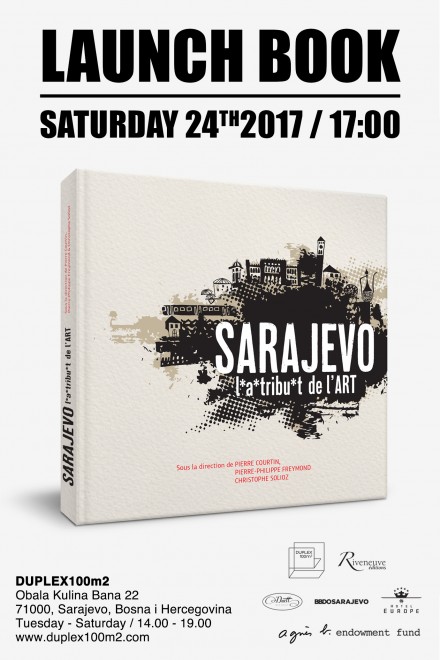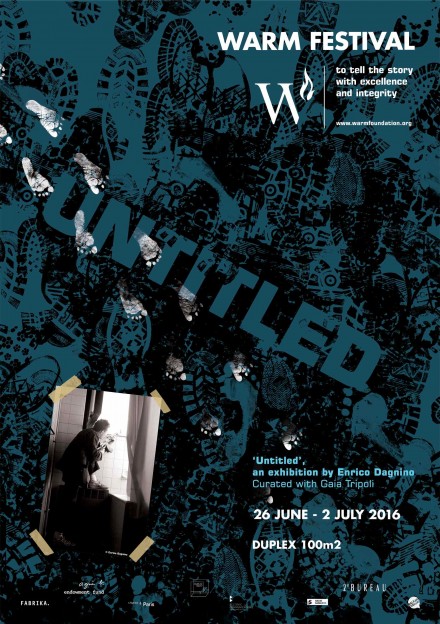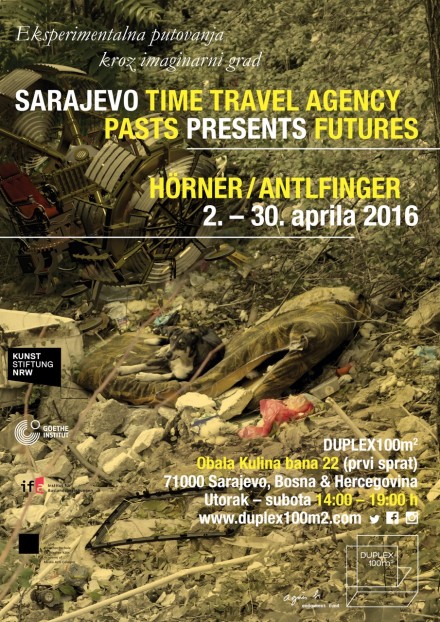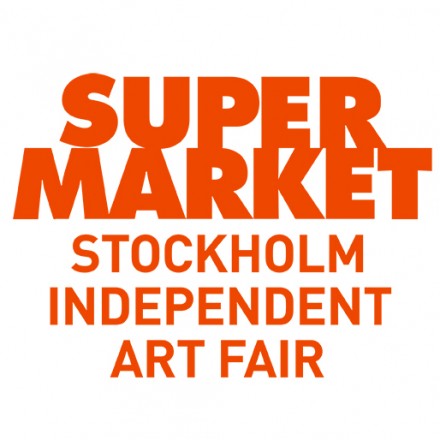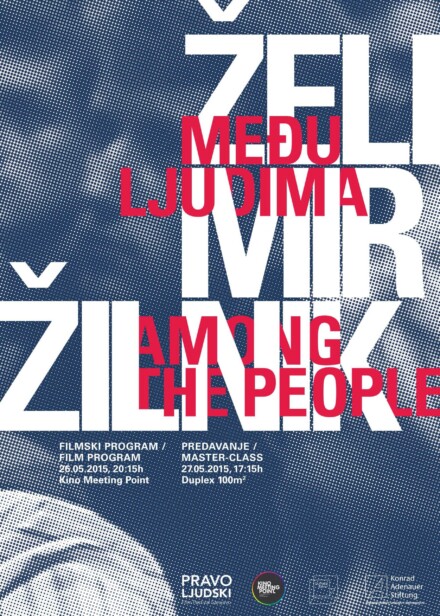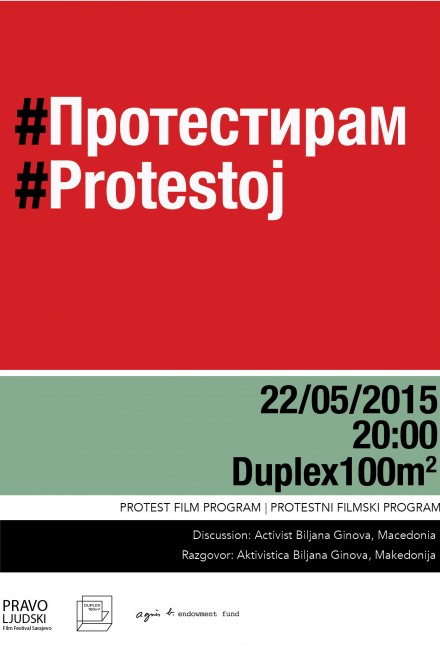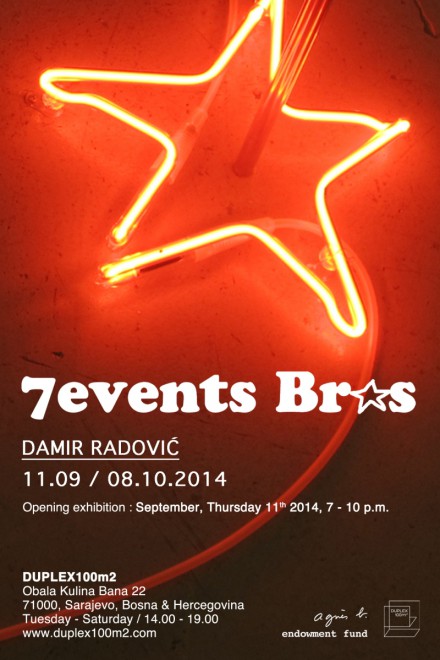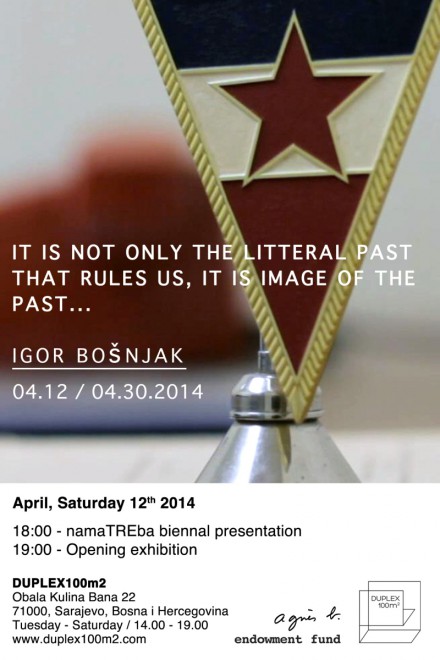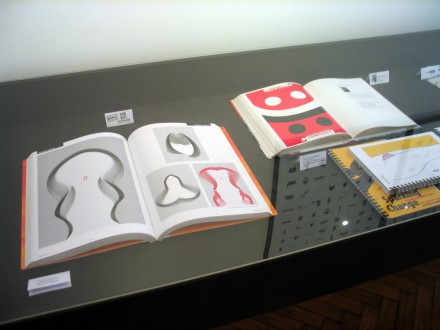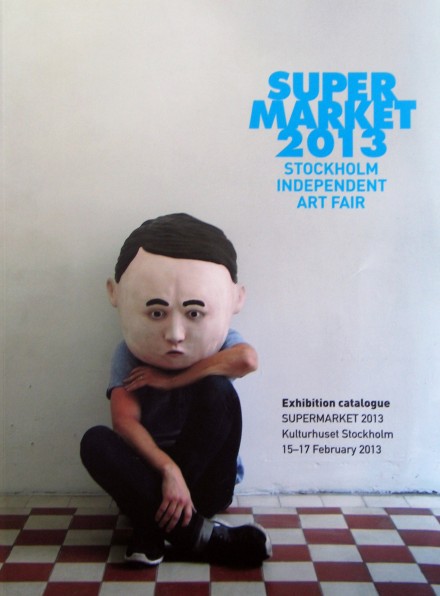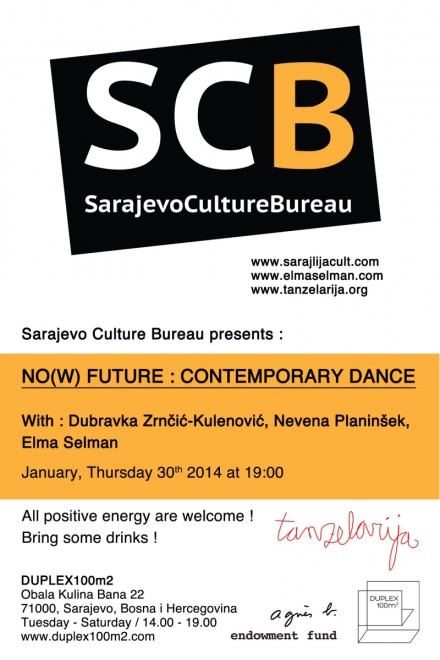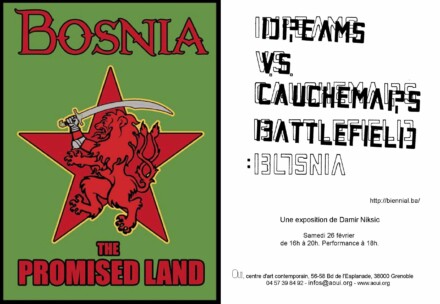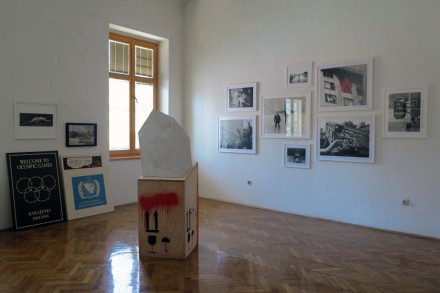Novi Sad 2019
DANUBE Dialogues Festival – Novi Sad
Past Present Continuous
Solo show by Bojan Stojčić curated by Pierre Courtin
P. C : Dear Bojan, over the past few years we have already done a lot together, from Sarajevo to New Orelans, from Budapest to Grenoble…
In brief, you are one of the most promising young artists in Sarajevo, and I am happy to say that, year after year, your artwork has been acquiring new dimensions, you are always experimenting with new things, and in a way always challenging yourself. And this is also what we are trying to show in Novi Sad.
Today in Novi Sad, your new exhibition project entitled « Past Present Continuous » will enable us to see some old, as well as some new works of art produced in the last few months. A great combination, I think, which will allow spectators to discover your universe.
A series of photographs called « No Traces Promises the Past » will be presented first. This is an ongoing project started in 2014 and still in progress. These photographs are documents of public intervention made with finesse, accuracy and simplicity in the public space. With a great saving of money, using just a pen or a felt pen, we can make a new reading of a place or a landscape every time. In many of your works the text, the use of words and vocabulary games are recurrent. I am sure, deep down inside, you are actually a poet. Am I crazy to think that?
B. S: Dear Pierre, thank you for such kind words. Yes, the series « No Trace Promises The Path« is a backbone of my development as an artist, as it is a group of works which I started working on as a young man involved in local graffiti scene with no special interest in the « art world », continuing until today where I use this aproach as a starting point when thinking of other forms and formats. The idea behind it was always leaving the trace, as gentle and non-intrusive as it can be. Leaving the trace has a lot to do with ego, but also with fear – fear of not belonging, fear of being forgotten. In the political context I come from, this was important for me to do.
P. C : We are also going to display the iconic photography « Viva la Transition! ». Here again, the photo documents a huge painting done on a yellow tram in Sarajevo. This tram has been circulating all month long in Sarajevo. I am saying « iconic » here because, for me, this artwork represents the transition that the young generation of artists from BiH are trying to do: the war is in the past, it will be never forgotten, of course, but now there has to be something else. What do you think about that?
B. S : I do not focus past so much, because it is already a part of me, and being what it is, it is already a part of my work – there is no need to repeat it on the surface. I am rather focused on the transitions of the « now »: the relations of the people and the state, the state and the market, the people and the market – these are some everchanging categories that are very dramatic in the so-called transitional countries, even though we all know that this transition is more of a state than a process. The tram used for the statement I made was manufactured in Czechoslovakia – a state that exists no more, it was bought by Yugoslavia – another state that exists no more, and it is running today in Bosnia and Herzegovina.
P. C : In April 2019 you had another solo show in the Showcase Galerie in Grenoble. This gallery space is very special since it is a big glass case open in a public space, visible to everybody passing by. Using big letter stickers, you wrote on the glass « Young man (30) from Sarajevo, BiH, seeks a person to discuss art with. Send message to: 00 387 62 130 153 ». It is a project you have been pursuing for a long time, you cherish all the messages received, sometimes very funny, sometimes very stupid, sometimes very serious. Should it become a book ? Could you tell me a bit more about it ?
B. S : This was was and still is a work about lonelines. First time I did it, not one state-funded institution of culture was working in Sarajevo, due to some political setbacks because of which that year’s budget was not adopted. Duplex 100m2 was working because it was run by you, of course, but that was one man’s effort, and it was far from sufficient. When I started putting out the ad in papers I became aware of other people’s lonelinesses (if there is a plural of loneliness). Lots of people contacted me, wanting a lover, a friend, or just someone to talk to. Beneath all these political ongoings, there is always a human being, almost always alone and affraid. Grenoble show was me reaching out to a different country, breaking the distance and stereotypes that Europe defines me by. Maybe some day these conversations will become a book, but I don’t think I am ready for it yet.
P. C : We are also going to show a new artwork composed of five recent photographs. In the « Central park » in Sarajevo city center, a big hole is forming, probably a subsidence of the ground. You are in front of the hole, you jump in, and then you disappear. Probably because in my work I have been dealing with the war a lot, it reminds me of a hole dug for a future mass grave. On the other hand, this gaping hole that nobody knows what to do with could also be an allegory of the political, cultural and economic situation in BiH. Could you tell me something more about that? Is BiH itself still pursuing its own destruction? How do you see the future of BiH ?
B. S : This hole opened one day in the central city park (which used to be a cemetery on the outskirts few centuries ago), very close to the place where I live. Our local goverment said that it had opened without any obvious reason and that it was slowly spreading. They formed a special comission for it, and the hole was never mentioned again. That hole became such a powerful symbol for me, the land itself started opening and spreading without any obvious reason – a literal physical hole in the symbolic plane of a state, threatening to devour everything and everyone. I felt this need to jump into it. It was liberating to touch the bottom. Of course, it carries the symbolism of a grave, if left neglected or wrongly treated, past can drag you down.
Pierre Courtin, curator and Bojan Stojčić, artist























